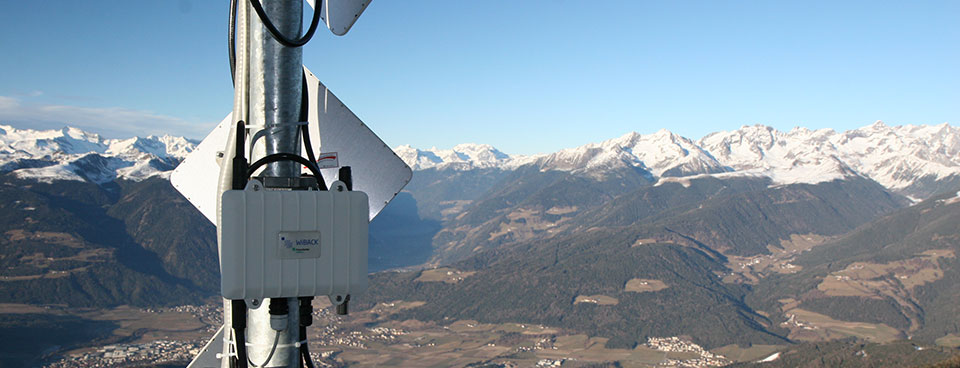Connecting the Unconnected


World-wide, rural areas often lack sufficient or affordable access to the Internet. This situation is often referred to as the 'Digital Divide' as it separates the 'unconnected' population in the rural regions from the 'connected' population in the urban areas leading to unequal chances for access to education and health services as well as economic growth.
The major limiting factor to achieve nation-wide broadband coverage are the rather are high costs of setting up or operating the required network infrastructure in sparsely populated rural areas while covering a rather small amount of people. This typically renders such scenarios as economically not feasible for commercial operators. Additional challenges for emerging regions are the lack of access to a stable power grid and the lack of skilled personnel.
For the last six years, the Network Research group at Fraunhofer FOKUS has been developing its carrier-grade broadband backhauling technology WiBACK to push broadband coverage deeper into rural areas. Now, this development continues at FIT, with a strong focus on usability and ease-of-use. The key design goals follow the Global Research Alliance (GRA) theme of 'Inclusive Innovation’ to develop good-quality cost-efficient technologies for mass deployments preferring sustainability over the extra few percent of performance.
Hence, the key design goals are lower procurement and especially operational costs, which can be achieved by matching energy-efficient and cost-effective hardware with a light-weight software design and a network management system following Self Organizing Networks (SON) principles which are implemented on top of a Software Defined Networks (SDN) architecture. The WiBACK technology aims at complementing, extending or even replacing traditional operator equipment.
The self-management "Plug & Play" capabilities of the WiBACK technology are the main innovation and pose significant progress over alternative technologies. WiBACK automatically forms multi-hop networks or ring topologies in unlicensed or licensed frequency bands while supporting adaptive Traffic Engineering and Quality-of-Service (QoS) management.
Commercial WiBACK deployments are operated by partners in Germany, Italy and Colombia, while pilots are installed in Tanzania, Uganda as well as Germany. Depending on the scenario, these networks connect schools, agricultural information centres, governmental offices, hospitals, companies and household – all of which might otherwise have no or only limited access to the broadband Internet.